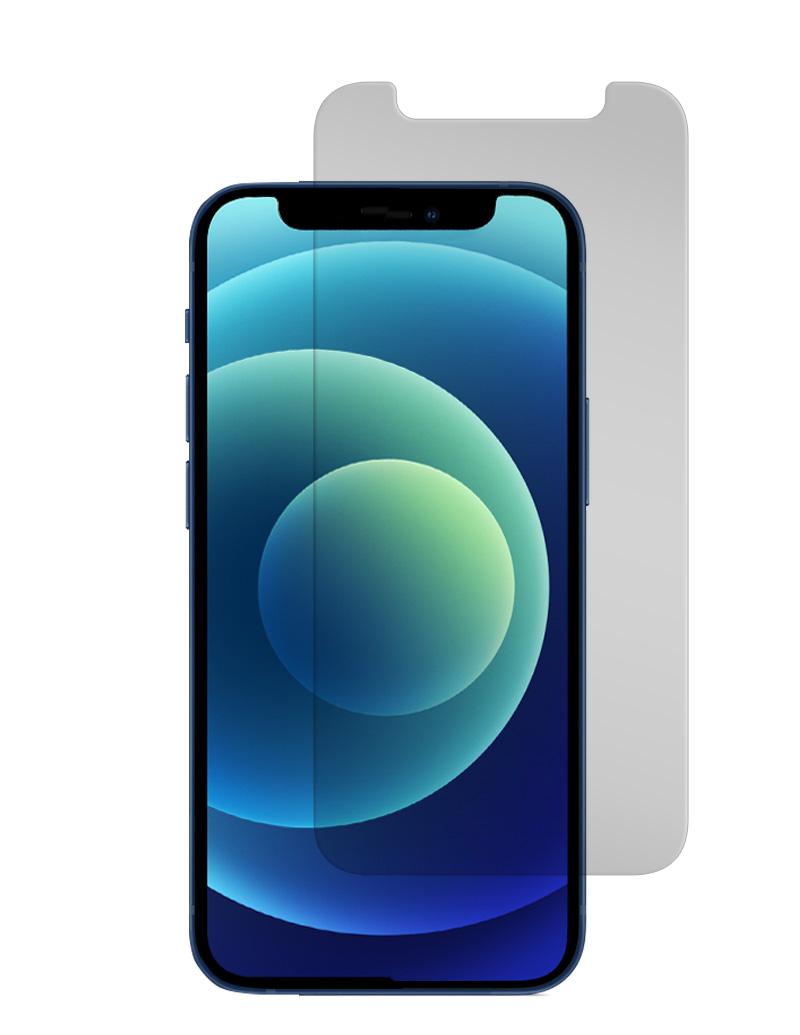How To Connect Iphone To Laptop?

In a world where technology rules, the ability to seamlessly connect our devices is essential. Whether it’s for transferring files, backing up data, or simply mirroring your screen, knowing how to connect your iPhone to your laptop is a valuable skill. With the right knowledge and a few simple steps, you can bridge the gap between these two essential pieces of technology. So, if you’re ready to unlock the potential of your devices and streamline your digital experience, read on to discover the secrets of connecting your iPhone to your laptop.
Related: Best & Cheap Laptop Repair Service in Oman
Connecting Your iPhone to a Laptop: A Step-by-Step Guide
Connecting your iPhone to a laptop is a simple process that allows you to transfer files, back up your data, and even share your phone’s internet connection. Follow these step-by-step instructions to connect your iPhone to your laptop.
First, make sure you have the necessary cables. You will need a Lightning to USB cable, which usually comes with your iPhone. Connect one end of the cable to your iPhone’s charging port and the other end to a USB port on your laptop. Note: If you have a newer MacBook, you may need a USB-C to Lightning cable or an adapter.
Once the cable is connected, your iPhone should automatically prompt you to “Trust This Computer”. Tap on “Trust” to establish a secure connection between your iPhone and laptop. Tip: If you don’t see the prompt, unlock your iPhone and go to “Settings” > “General” > “Reset” > “Reset Location & Privacy” and try connecting again.
After establishing the connection, your iPhone will appear as a device on your laptop. You can now access your iPhone’s files and folders through the file explorer on your laptop. To transfer files between your iPhone and laptop, simply drag and drop them from one folder to another.
Pro tip: To speed up the transfer process, consider using a file transfer app or software.
In addition to transferring files, you can also use your iPhone’s internet connection on your laptop. On your iPhone, go to “Settings” > ”Personal Hotspot” and toggle on the “Personal Hotspot” switch. Your laptop should then detect the iPhone’s hotspot and allow you to connect to it.
Table: Here is a comparison of the different iPhone models and their hotspot capabilities.
| iPhone Model | Hotspot Capability |
|---|---|
| iPhone 15 | Yes |
| iPhone 14 | Yes |
| iPhone 13 | Yes |
| iPhone 12 | Yes |
| iPhone 11 | Yes |
| iPhone SE | Yes |
| iPhone XR | Yes |
| iPhone X | Yes |
| iPhone 8 | Yes |
| iPhone 7 | Yes |
Connecting your iPhone to a laptop opens up a world of possibilities for file management and internet sharing. Follow these steps, and you’ll be well on your way to a seamless connection between your iPhone and laptop. Remember to always disconnect safely by ejecting your iPhone from your laptop before unplugging the cable.
Exploring Different Connection Methods for iPhone and Laptop
Connecting your iPhone to your laptop can be a breeze if you know the different methods available to you. Whether you want to transfer files, sync your devices, or simply charge your iPhone, there are several connection options to choose from.
1. USB Cable: The most common and straightforward method is to use a USB cable to connect your iPhone to your laptop. Simply plug one end of the cable into your iPhone’s charging port and the other end into a USB port on your laptop. This connection method allows you to transfer files between your devices, charge your iPhone, and even sync your iPhone with iTunes. It’s a versatile and reliable option that is compatible with most laptops and iPhones.
2. Bluetooth: If you prefer a wireless connection, you can use Bluetooth to connect your iPhone to your laptop. This method is ideal for transferring small files, such as photos or documents, between your devices. To establish a Bluetooth connection, make sure both your iPhone and laptop have Bluetooth enabled. Then, go to the Bluetooth settings on your iPhone and laptop and pair the devices. Once paired, you can easily transfer files by selecting the desired files on your iPhone and choosing the option to share via Bluetooth. Keep in mind that Bluetooth transfers can be slower than using a USB cable.
To summarize, connecting your iPhone to your laptop opens up a world of possibilities in terms of file transfers, device syncing, and charging. Whether you opt for the simplicity of a USB cable or the convenience of Bluetooth, you can easily connect your iPhone and laptop to make the most out of your devices. So go ahead, explore the different connection methods and find the one that suits your needs best.
Best Practices for Establishing a Stable iPhone-Laptop Connection
In order to establish a stable connection between your iPhone and laptop, it is important to follow some best practices. These practices will ensure that your devices communicate seamlessly, allowing you to transfer files, sync data, and even use your iPhone as a modem for internet access. Here are some tips to help you achieve a stable iPhone-laptop connection:
- Use a reliable USB cable: The first step to establishing a stable connection is to use a high-quality USB cable. A cheap or damaged cable can cause intermittent connectivity issues and slow data transfer speeds. Invest in a certified Apple Lightning to USB cable or a trusted third-party cable to ensure a reliable connection.
- Update your software: Keeping your iPhone and laptop’s software up to date is crucial for a stable connection. Outdated operating systems can introduce compatibility issues that may disrupt the connection. Regularly check for software updates on both devices and install them promptly to resolve any potential connectivity problems.
When troubleshooting connectivity issues, it is also helpful to restart both your iPhone and laptop and try different USB ports. Remember, a stable connection is the foundation for seamless data transfer and syncing between your iPhone and laptop. By following these best practices, you can ensure a reliable and efficient connection for all your device needs.
Recommended Software and Tools for Seamless iPhone-Laptop Integration
One of the key factors in achieving a seamless integration between your iPhone and laptop is having the right software and tools at your disposal. These tools can enhance your productivity, streamline your workflow, and make the connection between your devices effortless. Here are some recommended software and tools that can help you achieve a seamless iPhone-laptop integration:
- Apple iCloud: iCloud is a cloud storage service offered by Apple that allows you to sync your files, photos, and data across all your devices. With iCloud, you can access your files from your iPhone or laptop, making it easy to transfer and work on files seamlessly.
- AirDrop: AirDrop is a feature built into Apple devices that allows you to wirelessly share files between your iPhone and laptop with just a few clicks. Simply enable AirDrop on both devices, select the file you want to share, and choose the recipient. This makes transferring files between your iPhone and laptop quick and effortless.
- Microsoft OneDrive: OneDrive is a cloud storage service offered by Microsoft that allows you to store and access your files from anywhere. By installing the OneDrive app on your iPhone and laptop, you can easily sync your files and have them available on both devices.
- Pushbullet: Pushbullet is a handy tool that allows you to send links, files, and other information between your iPhone and laptop seamlessly. With Pushbullet, you can quickly share web pages, images, and even text snippets between your devices, eliminating the need for emailing yourself or using other complicated methods.
In addition to these software and tools, there are also other options available such as Google Drive, Dropbox, and various productivity apps that can further enhance the integration between your iPhone and laptop. Find the ones that work best for you and take advantage of the seamless connection between your devices. In conclusion, connecting your iPhone to your laptop is a simple process that can open up a world of possibilities for syncing, transferring, and managing your data. Whether you’re looking to transfer photos, back up your device, or simply access your iPhone’s files on your laptop, following the steps outlined in this article will ensure a seamless connection between your devices. With the right tools and know-how, you can harness the power of both your iPhone and laptop to enhance your digital experience. So go ahead, connect your devices and unlock the full potential of your technology.



